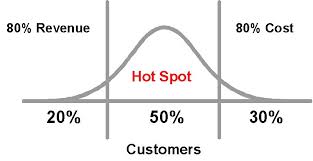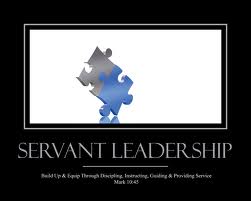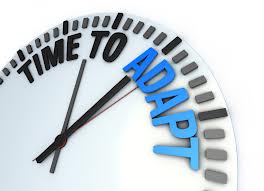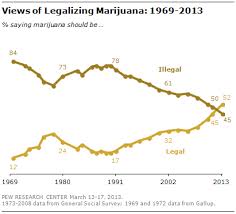 Over the last few days, I’ve had the pleasure of doing one-on-one donor interviews for a client of mine. I just love it when I get an opportunity like this because there is nothing more enlightening than chatting with someone about their philanthropy.
Over the last few days, I’ve had the pleasure of doing one-on-one donor interviews for a client of mine. I just love it when I get an opportunity like this because there is nothing more enlightening than chatting with someone about their philanthropy.
I don’t know about you, but I sometimes develop a blind spot about what I think donors know versus what they don’t know when it comes to the fundraising profession. For me, it is that “Wizard of Oz” moment where the wizard is discovered by Toto and his response is: “Ignore the man behind the curtain.”
So, it is always startling to me when a donor engages in a fundraising process conversation with me. This is exactly what happened yesterday during one of my donor interviews.
The donor I am referencing simply said:
“The non-profit sector needs to have a paradigm shift. They need to move from selling to serving.”
This opened the door to a rich conversation about the importance of stewardship and loving your donors. (Believe it or not the words ‘stewardship’ and ‘loving your donors’ came out of his mouth and not mine.)
The idea of putting less time, energy and effort into SELLING and redirecting it into SERVING (e.g. stewardship) has been top of mind for me lately because I signed up for Pamela Grow’s four week eCourse titled “Monthly Giving: The Basics & More!”
Literally, the night before this donor interview, this is what I read in the first week’s materials:
“One of the most amazing things about monthly giving is that once a donor signs up for a monthly giving program, you can stop asking them for money, because the person is giving you money each and every month. Instead of making regular asks, you can focus 100% on stewarding your donors. Imagine, donors that get tons of attention from your non-profit, and none of it an ask!”
I’ve always been fascinated by monthly giving, but I’ve never had an opportunity to develop or run such a program. So, my curiosity got the best of me and I signed up for this eCourse.
I’m not suggesting that the silver bullet for your resource development program is a monthly giving program. Heck, I’ve only read the first week’s worth of reading materials. Truth be told . . . the case for support is compelling, and I’m excited to learn more.
At the intersection of this eCourse and yesterday’s donor interview, I am left wondering what other non-profit organizations are doing to shift more of their time into stewardship activities?
I suspect the reason monthly giving programs are appealing is because it recognizes a basic truism, which is there is only so much time in a fundraising professional’s day and the money needs to come in the door. Investing in the development of a monthly giving program creates an environment where solicitation time can be converted into stewardship time.
I’m going to stop here because you need to sign up for Pamela’s eCourse if you want to learn more.
What are you and your organization doing to invest more time into “serving your donors“? What does that look like? How are they responding? Please share your thoughts and experiences in the comment box below.
Here’s to your health!
Erik Anderson
Founder & President, The Healthy Non-Profit LLC
www.thehealthynonprofit.com
erik@thehealthynonprofit.com
http://twitter.com/#!/eanderson847
http://www.facebook.com/eanderson847
http://www.linkedin.com/in/erikanderson847


















